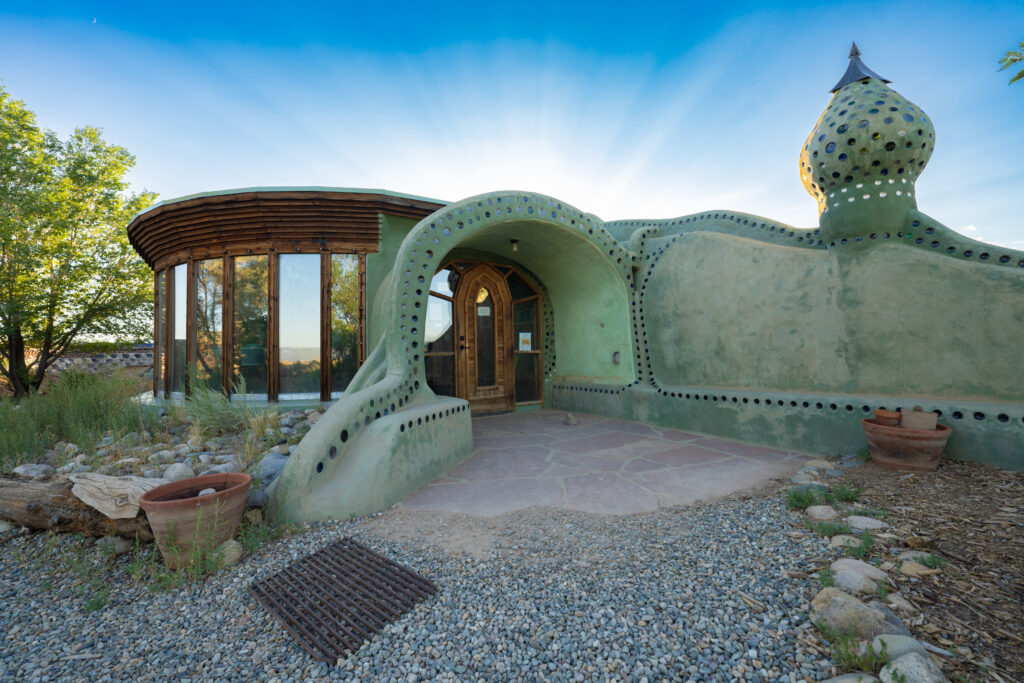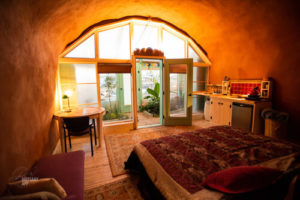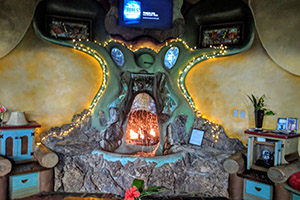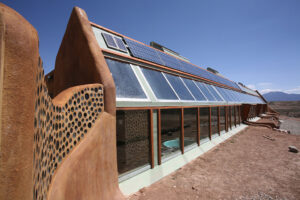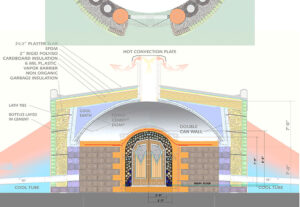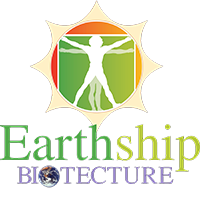Having access to soft, fluffy toilet paper is one of those modern conveniences that makes life in the 21st century that much easier. But did you know that using this luxury could be doing more damage to the environment than driving a large, gas-guzzling SUV? On average, every American uses three rolls of toilet paper each week (28 pounds per year), meaning that just 4 percent of the world’s population is responsible for 20 percent of total tissue consumption. This is destroying forests and impacting climate change in a significant way.
A new report from the Natural Resources Defense Council titled “The Issue with Tissue” said that many toilet paper manufacturers like Procter & Gamble, Kimberly-Clark and Georgia Pacific use wood pulp from Canadian forests and zero recycled content when making their at-home toilet paper.
“Most Americans probably do not know that the toilet paper they flush away comes from ancient forests, but clear-cutting those forests is costing the planet a great deal,” Anthony Swift, director of the NRDC’s Canada Project, said in a news release. “Maintaining the Canadian boreal forest is vital to avoiding the worst impacts of climate change.”
What is toilet paper made of?
Companies use different ingredients to make tissue products, but the typical main ingredient is paper pulp. It can come from a variety of sources, like post-consumer and pre-consumer recycled content or wheat straw and bamboo. However, the most common source of paper pulp by far is wood, AKA virgin fiber, because it has never been used in another product.
Virgin fiber is “environmentally destructive” according to the NRDC. The two types of virgin pulp are softwood and hardwood, with softwood coming from spruce and other coniferous trees and hardwood coming from deciduous trees.
Spruce and other coniferous trees are found in places like the southeastern U.S. and the Canadian boreal, and they produce long fibers that strengthen the tissue.
Without getting too scientific, making pulp from virgin fiber requires a mill that makes logs into wood chips, plus an energy-intensive chemical process to separate the wood fibers. To whiten the pulp, it also has to go through a chemical bleaching process.
Making toilet paper from 100 percent virgin fiber “generates three times as much carbon as products made from other types of pulp,” according to the NRDC report. Manufacturing a single roll of toilet paper also uses 37 gallons of water, and transporting the paper can waste loads of gas.
Sustainability scores
The NRDC report gave “sustainability-based scores” for different at-home toilet paper brands. Because they use zero recycled content in their products, brands like Charmin Ultra, Quilted Northern, Kirkland, Up & Up Soft and Strong and Angel Soft received an “F.” Scott 1000, Scott Comfort Plus, Cottonelle Ultra and Trader Joe’s Super Soft Bath Tissue received a “D.”
Brands that scored an “A” because they use recycled paper include 365 Everyday Value 100% Recycled, Earth’s First, Natural Value, Green Forest, Seventh Generation and Trader Joe’s Bath Tissue.
The report concluded that when it comes to using sustainable components, Procter & Gamble was the worst paper company in the U.S. P&G has yet to comment on the report.
A Georgia-Pacific spokesperson said that the company does use recovered fiber in addition to virgin wood, and a Kimberly-Clark spokesperson said the company’s goal is to cut the virgin pulp content in its products in half by 2025.

Eco-friendly alternatives
Who Gives A Crap
This company began with crowdfunding back in 2012, and it has been growing ever since. It offers eco-friendly toilet paper made from 100 percent recycled paper as well as no added inks, dyes or scents. Who Gives A Crap claims its 3-ply is as “soft as unicorn kisses and as strong as 1,000 ponies,” and you can buy it in bulk at just $1 per jumbo roll, which is 400 sheets. This company also donates 50 percent of profits to help improve sanitation and build toilets in developing countries.
Family cloth
This might be an option that is out of most people’s comfort zone, but in the spirit of cloth diapers comes family cloth — wiping with fabric swatches, which are then placed in a wet-dry bag and laundered so they can be reused.
Bidet attachment
For some reason, Americans haven’t fallen in love with alternatives like bidets as many Europeans have. This is unfortunate, because bidets have amazing environmental benefits. Plus, they are great for personal hygiene.
If you aren’t familiar with a bidet attachment, it is a fixture that you add to your toilet seat. It will wash your bum and genitalia with water after you use the toilet.
You can greatly reduce the need for toilet paper in your house by adding a bidet attachment to your toilet. If everyone in America reduced their toilet paper use by just one roll per week, it would save thousands of trees and have a significant environmental impact.

